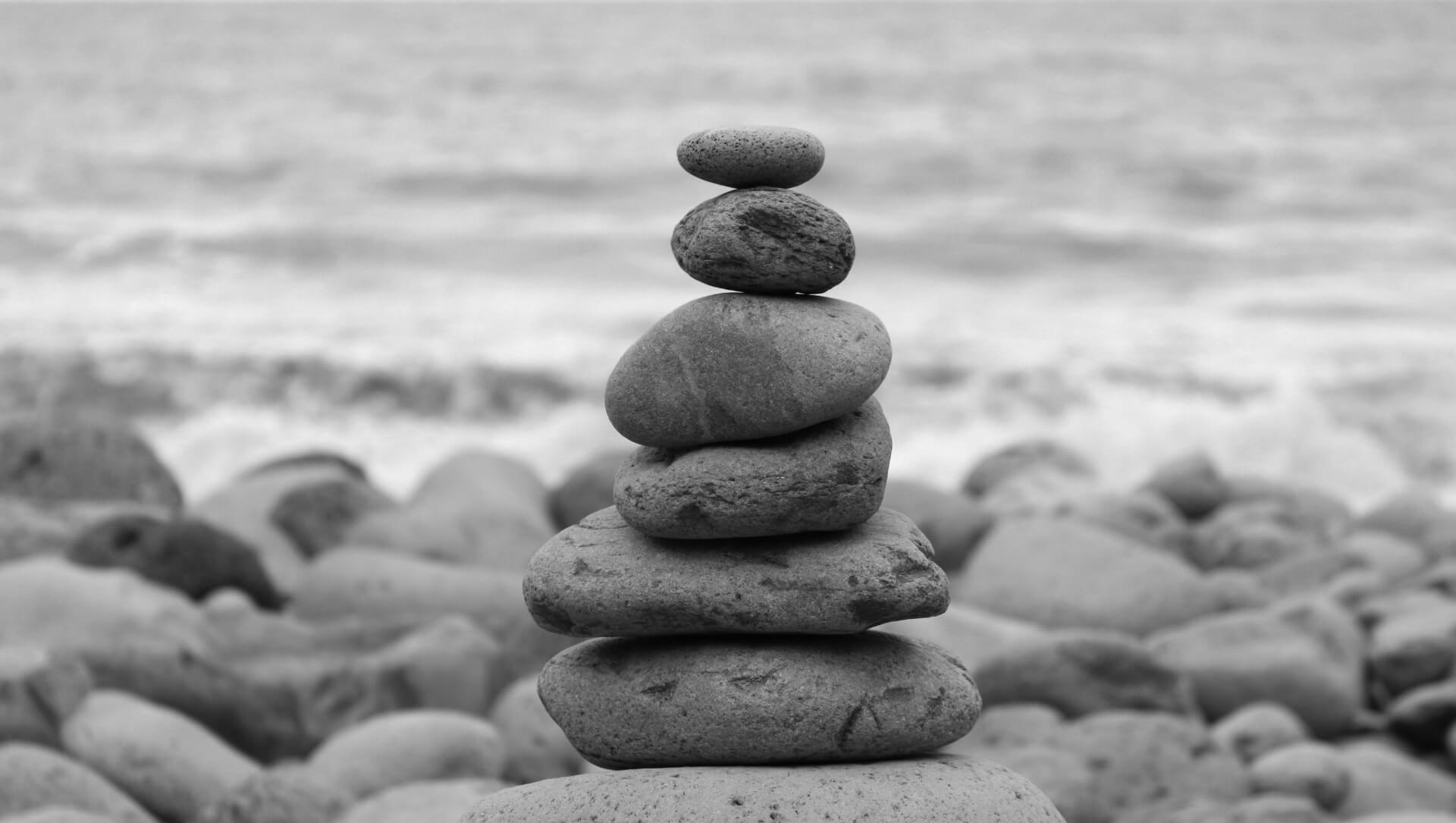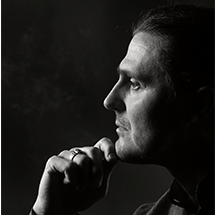Each scale of this matrix represents the way of human development in a certain dimension. Scales can be used both as independent tools apart from the entire matrix, and in combination with each other. The latter gives a deeper and more versatile knowledge and allows us to formulate detailed practical recommendations.
1. The scale of twelve Functions describes in detail the successive steps in the development of a person in specific skills and qualities that he must master. Here and below, the levels of the matrix will be considered sequentially from bottom to top:
- 1st step — the ability to give oneself to his guardians and employers;
- 2nd step — the ability to gain the necessary income or benefit through own business;
- 3rd step — the ability to react to one's environment in accordance with one's own activities and social formats;
- 4th step — the ability to demonstrate one's benefit to the environment and the whole society by means of one’s good reputation and the service provided;
- 5th step — the ability to multiply one's own product,
- 6th step — the ability to provide for and ensure the production of a product of ever higher quality;
- 7th step — the ability to manage one’s subordinates and those under our wardship;
- 8th step — the ability to realise one’s goals and ideas;
- 9th step — the ability to follow that which is the most important in one’s life, whether it be a person or higher abstract values;
- 10th step — the ability to express something important to other people;
- 11th step — the ability to perceive different planes of reality;
- 12th step — the ability to understand the primary laws, or principles of life.
2. The scale of six Values shows the steps in the development of a person in his ability to create values that are useful to others, also from bottom to top in the matrix:
- 1st step — the ability to achieve a positive material result;
- 2nd step — the ability to form a positive image in society as its useful member capable to provide his service;
- 3rd step — the ability to produce one’s own product useful for the society;
- 4th step — the ability to achieve goals and perform tasks within the framework of projects;
- 5th step — the ability to build relationships in association with other people;
- 6th step — the ability to understand higher senses, from which then to form a clear worldview concept.
3. The scale of the four personality Centres reveals the steps of human development from bottom to top as a consistent acquisition of the ability to manage oneself:
- 1st step — the ability to manage one’s own property;
- 2nd step — the ability to control one’s own body;
- 3rd step — the ability to control one’s self;
- 4th step — the ability to control one’s own mind.
4. The scale of the three leading Powers shows the “subtle landmarks” of a person at a particular stage of development:
- 1st step — the ability to be guided by social norms and rules;
- 2nd step — the ability to be guided by the inner nature — by sensations and aspirations;
- 3rd step — the ability to be guided by the higher principles of one’s genus*, cultural tradition or spiritual line.
5. The scale of two Origins shows that in his development a person successively goes through only two steps:
- 1st step — the ability to be successful in the material aspect of life;
- 2nd step — the ability to be firm in the spiritual aspect of life.
Each scale covers the entire range of human life along the vertical from dense levels to subtle ones, and all scales together cover the entire range of existence along the horizontal, that is, in the direction from an individual to his environment. Therefore, there is nothing that a person could encounter in his life and that this matrix would not cover with its values.
Depending on the perspective in which we consider human evolution, we use one or another scale and determine what should be worked out by the individual at a particular stage. It is the sequential movement through the levels that is very important, since, having mastered one of them sufficiently, a person will definitely know what abilities he already has at the moment, and what next level, or step he will need to master in order to move further upwards.
* We use the term “genus” here in the same sense as the word “rod” is used in Russian. “Rod” is not so easy to translate as its meaning in other cultures has been forgotten to an even greater extent and the corresponding words are almost out of use or have lost their original meaning. “Rod” — the English meaning “clan” or “bloodline” — is included in such words as “rodnoy” — native, “rodina” — fatherland, “rody” — childbirth. The word could have originated from the ancient root “ord”, meaning “grow”, “rise”, or from “orthos” — “upright”, “one that has stood up, risen”. The following quote also addresses this topic: “Grimm has already mentioned the Slavic Rod, which comes from roditi (gignere); I would now like to suspect — without proof — that the Slavic Rod is either a borrowing of the German word Art, or that both Art and Rod are very old translations of the Latin genas.” Mauthner, Fritz: Wörterbuch der Philosophie. In: Bertram, Mathias (Hg.) Geschichte der Philosophie, Berlin: Directmedia Publ. 2000 [1910], S. 24606. In German, the root has been preserved in such terms as “roden”, “ausroden” or “Rod” itself in the sense of “trunk”, “axis”; and in English, as “rod” in the meaning of “a symbol of power or force” or in “a lightning rod”. This meaning is also directly associated with the term “family tree”. This also explains the notion of the patrimonial structure of the family or state, where the man continues his Rod (his God) or the King — the vicar of God (the Rod) on the Earth, the representative of the supreme God. Analogously, one could also associate it with the terms “ancestral line” or “genus”. The last word is also directly related to the genitive, which has almost disappeared from modern use. In this text we will use the term “genus”.

The potential of any individual is naturally concealed from him or her. Will our potential develop fully, or partially? Will it develop in a standard way, or will it take a very personal pattern?

Raja Yoga and LiveDevice indicate the natural ascending levels of human development and should not contradict each other. We check their mutual correspondence.

Description of the method for individual counselling based on the LiveDevice approach
